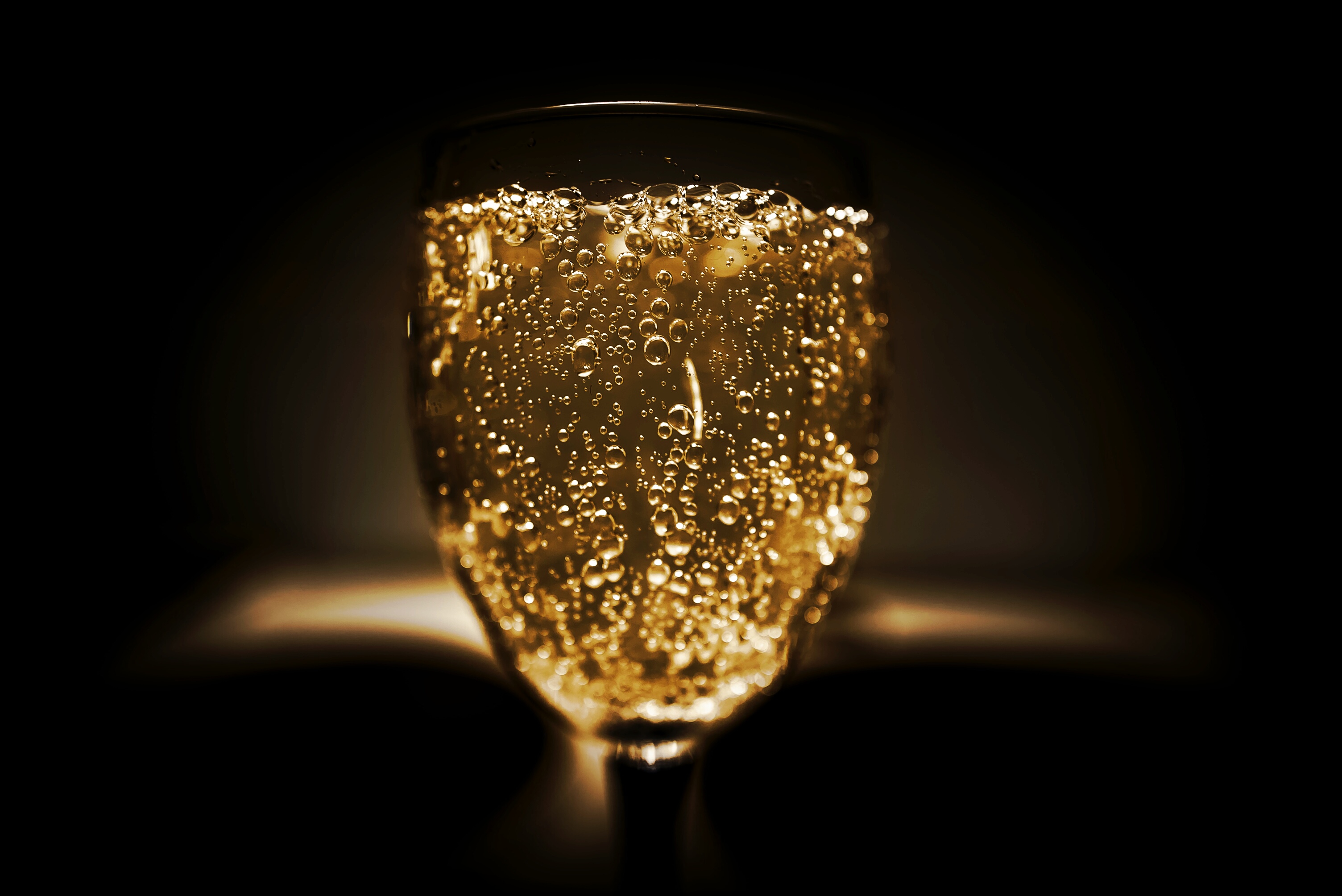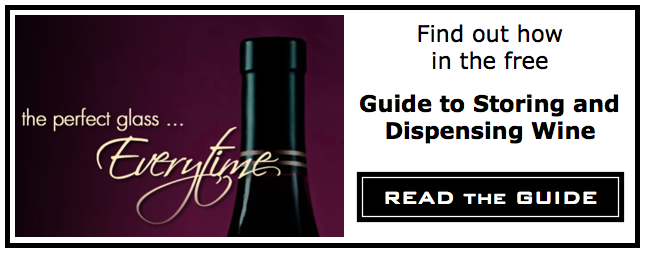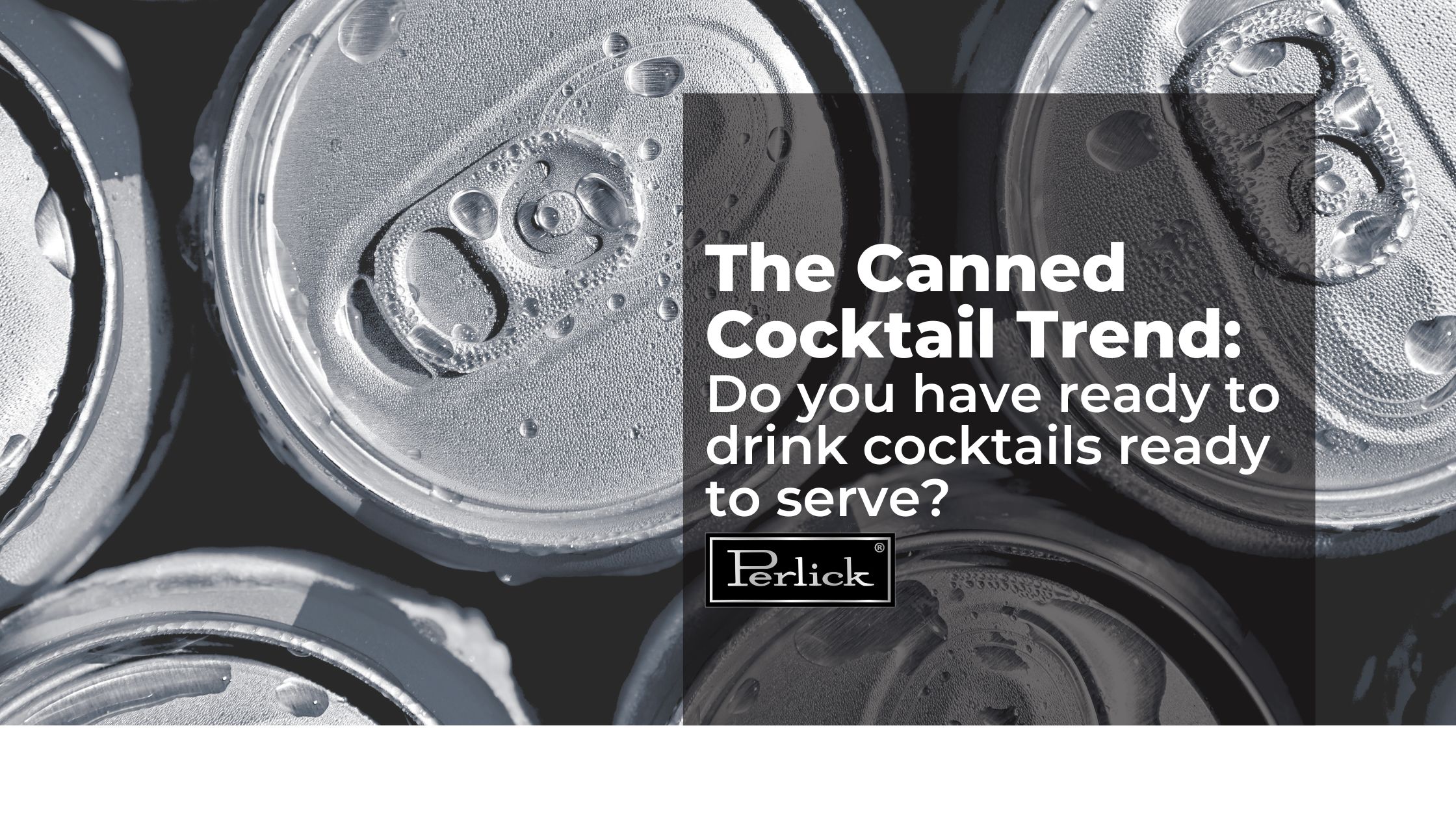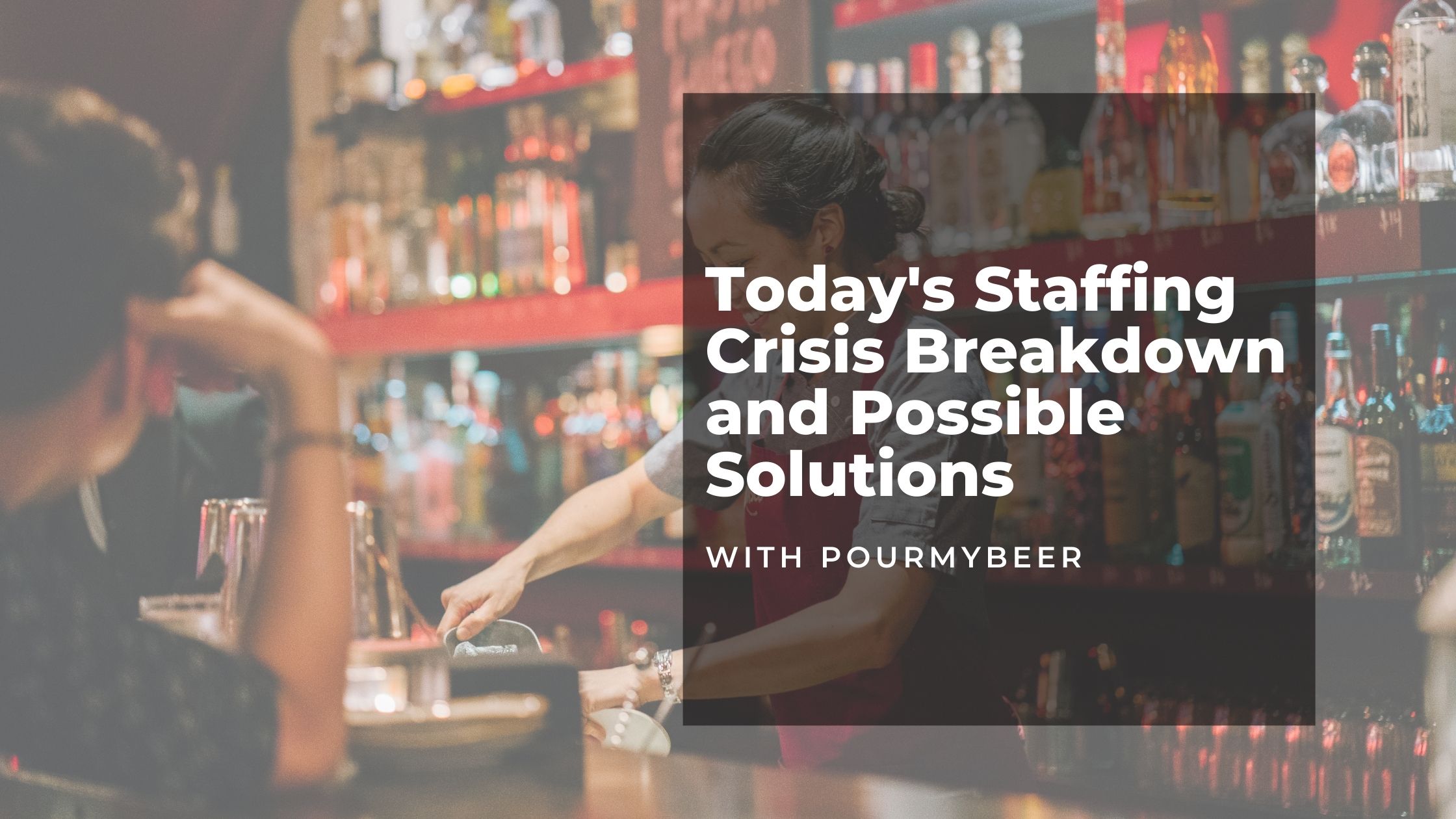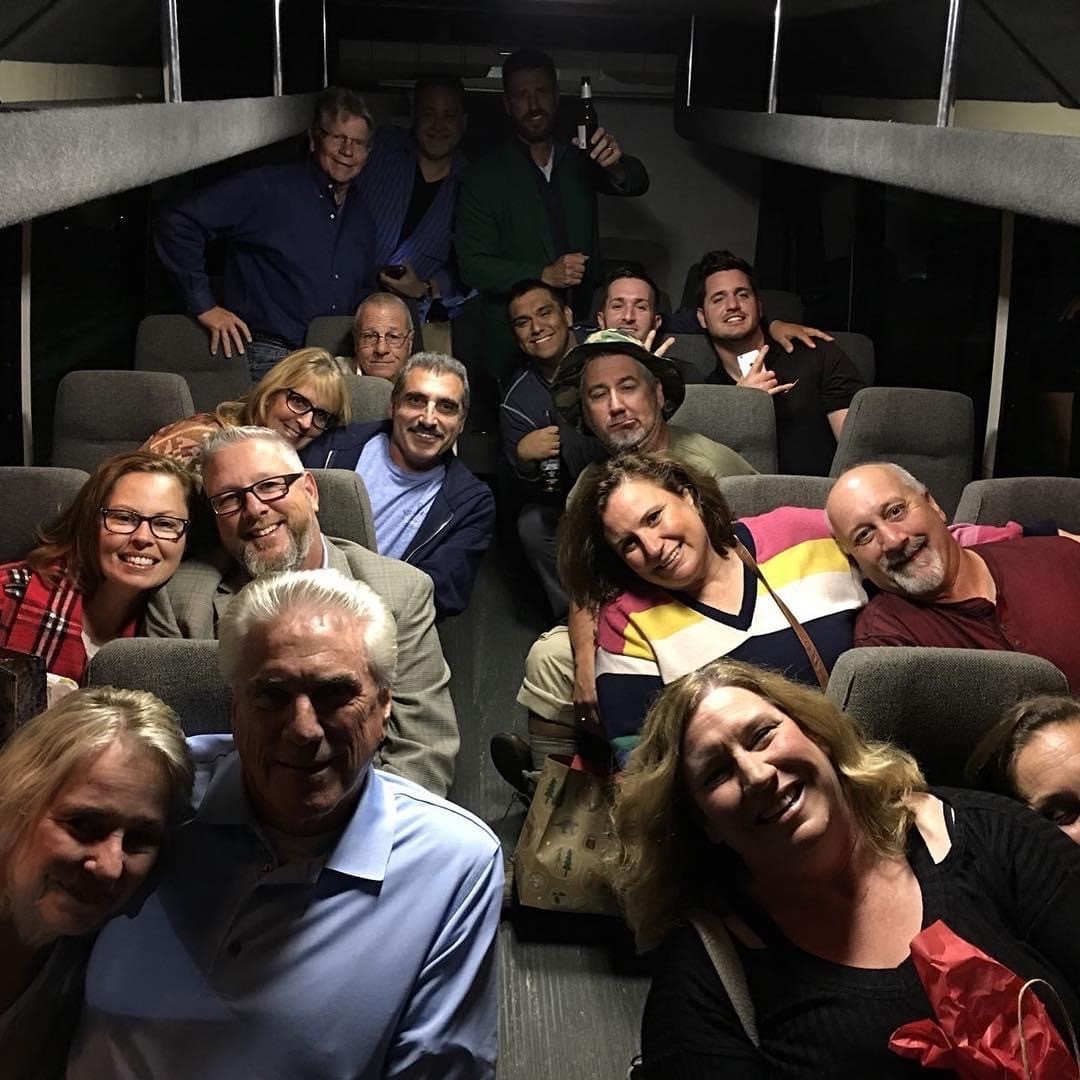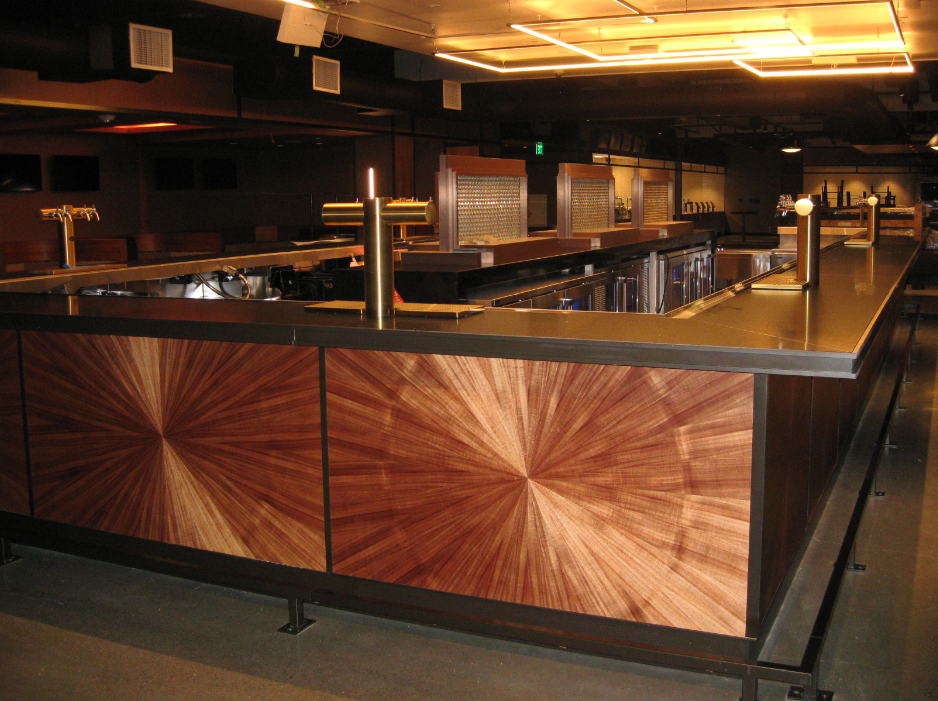The most famous day of the year for sparkling wine has come and gone, but that doesn't mean we shouldn't consider wines like Champagne, Prosecco, and Cava for other festive events, or even as an aperitif before a nice, Saturday night dinner. Yes, sparkling wines are associated with celebrations like New Year's Eve, but the style is much broader than just crystal balls and confetti.
To begin to understand the differences between the world's famous bubblies, it's important to know what they all have in common – bubbles, of course, but it's a little more complex than that.
Essentially, sparkling wines contain carbon dioxide created during the fermentation process. This can be either the traditional méthode champenoise where the CO2 is created within the actual wine bottle. It can be created in a large tank designed to withstand the enormous pressures as in the charmat process. Or it can simply be injected, as it is with cheaper sparkling wines.
The traditional méthode champenois was invented in – you guessed it – Champagne. But to gain a greater understanding of the full breadth of the sparkling wine catalog, you have to do some traveling:
ITALY
Arguably, Italy's two most famous sparkling wines are Prosecco and Asti. Asti is slightly sweet because it is made from Moscato grapes grown in the Asti region of Italy. Prosecco is from Italy's Veneto region and is made both fully sparkling, or spumante, or lightly sparkling, or frizzante.
SPAIN
Spanish Cava is known as some of the world's most famous sparkling wines. In fact, the word Cava actually comes from the Greek "cava" meaning "high end" while also coming from the Latin "cava" meaning caves, which were used in the early days of Cava production for preserving and aging the wine. It comes in a wide range of styles, ranging from extra dry to sweet.
PORTUGAL
The Portuguese version of bubbly is called Espumante. Unlike Spanish Cava, which is produced in the north, Espumante is produced from north to south on the Portuguese side of the Iberian Peninsula. The best Espumante, though, is produced in Bairrada, which is located near the famous wine region of Vinho Verde.
UNITED STATES
We have some great sparkling wines right here in the U.S., with famous French Champagne producers like Moët et Chandon and Taittinger owning houses in California. American sparkling wines are made from both the méthode champenois and the charmat process. U.S. regulations ban the use of the word "Champagne" on any labels created after 2006.


